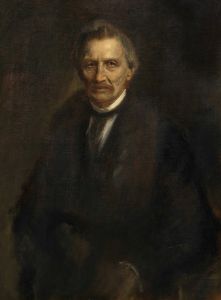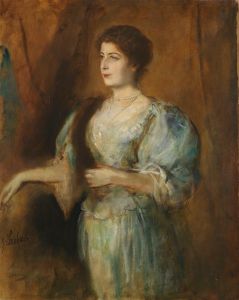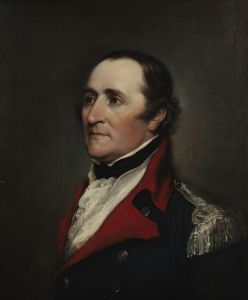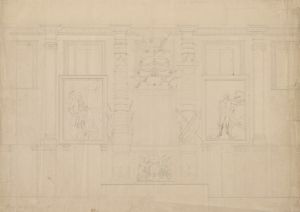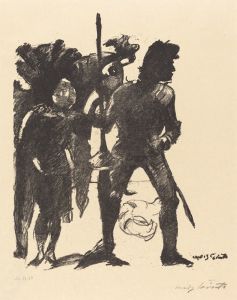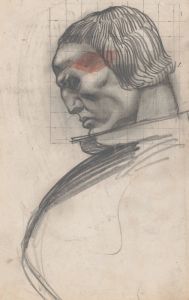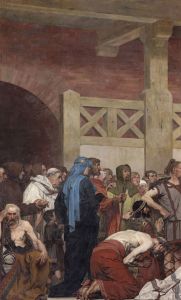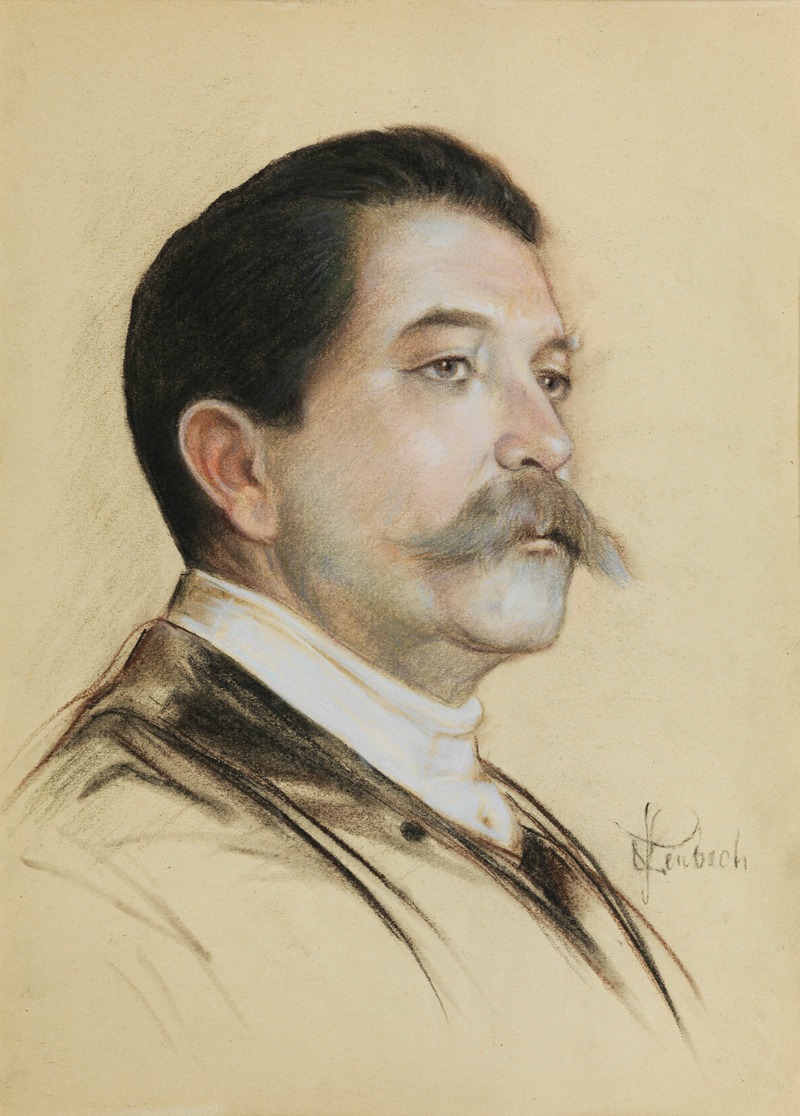
Bildnis Herbert von Bismarck
A hand-painted replica of Franz von Lenbach’s masterpiece Bildnis Herbert von Bismarck, meticulously crafted by professional artists to capture the true essence of the original. Each piece is created with museum-quality canvas and rare mineral pigments, carefully painted by experienced artists with delicate brushstrokes and rich, layered colors to perfectly recreate the texture of the original artwork. Unlike machine-printed reproductions, this hand-painted version brings the painting to life, infused with the artist’s emotions and skill in every stroke. Whether for personal collection or home decoration, it instantly elevates the artistic atmosphere of any space.
Franz von Lenbach, a prominent German painter of the 19th century, is renowned for his portraits of notable figures of his time. One of his significant works is the portrait titled "Bildnis Herbert von Bismarck," which depicts Herbert von Bismarck, the son of the famous German statesman Otto von Bismarck. This painting is a testament to Lenbach's skill in capturing the essence and character of his subjects, a quality that made him one of the most sought-after portraitists of his era.
Herbert von Bismarck was a significant political figure in his own right, serving as a diplomat and politician in the German Empire. Born in 1849, he followed in his father's footsteps, engaging in various diplomatic and political roles. His career included serving as the Secretary of State for Foreign Affairs from 1886 to 1890, a period during which he worked closely with his father, who was the Chancellor of Germany. Herbert's political career was marked by his efforts to support and implement his father's policies, which were crucial in shaping the foreign policy of the German Empire during that time.
Franz von Lenbach's portrait of Herbert von Bismarck is an example of his ability to convey the stature and personality of his subjects. Lenbach was known for his realistic style and his ability to capture the nuances of his subjects' expressions and demeanor. This particular portrait is likely to reflect Herbert's aristocratic background and his role in the political sphere, emphasizing his status and influence.
Lenbach's work is characterized by its attention to detail and the use of rich, warm colors, which bring a sense of life and vitality to his portraits. His technique often involved a meticulous approach to capturing the textures of clothing and the subtleties of facial expressions, which can be seen in the portrait of Herbert von Bismarck. This attention to detail not only highlights the physical likeness of the subject but also offers insight into their character and social standing.
The portrait of Herbert von Bismarck by Franz von Lenbach is part of a broader body of work that includes portraits of other notable figures of the time, such as Otto von Bismarck, Richard Wagner, and Pope Leo XIII. Lenbach's ability to gain access to and portray such influential individuals speaks to his reputation and the high regard in which he was held by his contemporaries.
While specific details about the creation and current location of the "Bildnis Herbert von Bismarck" are not widely documented, Lenbach's portraits are generally housed in various museums and private collections around the world. His works continue to be appreciated for their historical significance and artistic merit, offering a window into the personalities and politics of 19th-century Europe.
In summary, Franz von Lenbach's portrait of Herbert von Bismarck is a notable example of his portraiture, capturing the essence of a key figure in German history. Through his skilled artistry, Lenbach provides a glimpse into the life and times of Herbert von Bismarck, reflecting both his personal and political significance in the context of the German Empire.









